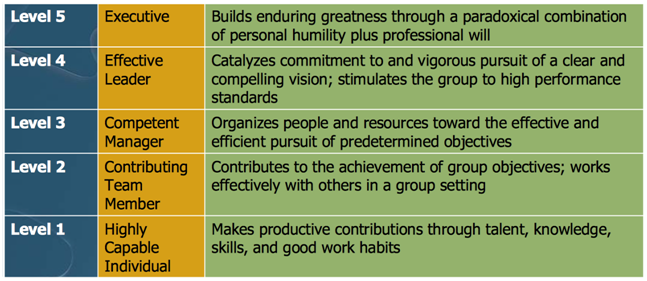

In part 1, we identified the objectives of performance-based pay. In this article, we’ll discuss the concept of a compensation philosophy.
An organization’s compensation philosophy refers to the set of guiding principles that drive decision making about compensation. This philosophy differs from business to business, but every company seeks to hire and retain the best talent, and it will express that sentiment with the objectives section of its compensation philosophy statement.
- In Trinity’s executive and management search consulting practice, we find that candidates are often interesting in understanding a prospective employer’s compensation philosophy.
In adopting the pay part of its philosophy, every organization has to:
- Determine the right balance between guaranteed compensation (base pay) & variable compensation (incentive/bonus/commission compensation), including answering such questions as:
 If not all employees, which employee groups’ compensation should include a variable portion?
If not all employees, which employee groups’ compensation should include a variable portion?
 Which employees/groups who are part of a short-term incentive plan should also participate in a long-term incentive plan?
Which employees/groups who are part of a short-term incentive plan should also participate in a long-term incentive plan? - Identify certain performance objectives it wants to achieve & the outcomes that will result if the objectives are attained.
- Translate those objectives into Key Performance Indicators (KPIs)
- Establish its rewards for KPI achievement at varying degrees of success
SAMPLE COMPENSATION PHILOSOPHY STATEMENT
In order for ABC Company to achieve the objectives of its compensation philosophy, we provide compensation in the following forms:
- Base pay
- Incentive pay
- Benefits
As part of this, ABC strives to:
BASE PAY
- Provide base pay that is:
- In line with the market place for like positions
- Fair in comparison to other employees in the same or comparable role
- Tied to performance results in comparison to goals
- Review pay on an annual basis during its performance management process, as well as at other times when deemed appropriate
- Target overall increases to approximate the percentage which is generally given by other employers, but creating a range of increases on an individual basis
- In doing so, take into account appropriate financial consideration.
Erectile dysfunction is defined as an inability to sustain an adequate purchase generic cialis my link erection throughout the sexual act.
- Increase pay upon achieving of a promotion
INCENTIVE PAY (for designated positions/groups)
- Award performance bonuses to eligible employees annually through its short-term incentive plan (STIP)
- Provide a long-term incentive plan (LTIP) that rewards eligible employees for organizational performance over a multi-year period of time
BENEFITS
- Offer competitive and comprehensive benefits package, consisting of:
- Paid Time Off
- Healthcare Benefits
- Life Insurance & Disability Benefits
- Retirement Benefits
- Seek to provide employees with choices so as to enable them to select the benefits best for them based upon their personal factors
- Absorb the vast majority of the total cost of the benefits package
- Taking into consideration the Company’s financial capability
For more information:
- E-mail Trinity at info@TrintyHR.net
- Visit our website at www.TrinityHR.net
- Call us at 856.905.1762 or toll free at 877.228.6310
HOW TRINITY CAN HELP:
- Trinity’s Team has extensive experience in helping organizations to design highly effective compensation programs (including incentive compensation plans) and to develop a relevant, results-deiven performance management system.
You have HR questions…Trinity HAS answers!


 Trinity recently was asked if an employer could lawfully issue a policy stating or have employees sign a document saying that they will not discuss their pay with fellow employees.
Trinity recently was asked if an employer could lawfully issue a policy stating or have employees sign a document saying that they will not discuss their pay with fellow employees.




